The euro gained the most in a decade last month, the British pound had its best July since 1990 and for the first time this year, every major currency in the world rose against the US dollar.
A gauge of the greenback against its biggest peers was down 4.4 per cent in July, the worst rout in a decade, according to Bloomberg.
The world’s reserve currency of choice was already on the back foot when US President Donald Trump raised the idea of delaying elections this year.
He added fuel to a rout that was driven by falling US Treasury rates, real yields near record lows and disappointment over America’s response to the coronavirus compared to Europe.
Data on Thursday showed that the world’s biggest economy shrank at a record 32.9 per cent annualised pace in the second quarter, even amid unprecedented levels of monetary and fiscal stimulus from the Federal Reserve and the US government.
While that is a 9.5 per cent contraction on a non-annualised basis, significantly less dire than economic data out of Europe this week, Germany and France were quicker to introduce lockdowns.
Also, the number of US unemployment claims, which increased by about 900,000, served as a warning of the potential damage that a resurgence of the virus will inflict on the economy.
The euro advanced more than 5 per cent in July, the highest since May 2018. Bolstered by the European Union’s €750 billion (Dh3.26bn/$888bn) rescue plan, appetite to bet on euro gains over the next month is the highest since March, according to risk-reversal options.
The euro moved against the dollar “faster than anticipated”, said Manuel Oliveri at Credit Agricole.
“EUR/USD has been driven higher by diverging expected growth differentials, with asset allocation a strong driver,” he said
Sterling recouped losses incurred since the lockdown began in March, trading as high as $1.3170 on Friday.
Its 5.8 per cent gain this month is the biggest since 2009.
The British pound’s “fundamental backdrop is still soured by a lack of progress in EU-UK trade talks and by concerns over negative rates,” said Jane Foley, head of foreign-exchange strategy at Rabobank.
At 6.3 per cent, the Swedish krona’s advance this month beat its nearest contender by almost a percentage point.
The world’s best-performing major currency climbed to 8.6413 per dollar, the strongest in two years.
The Japanese yen strengthened more than 2 per cent against the dollar in July and its appeal as a haven is growing as the dollar drops.
The sliding US dollar is buttressing the case for a further recovery in Asian shares despite jitters caused by spikes in coronavirus cases.
Credit: Bloomberg.












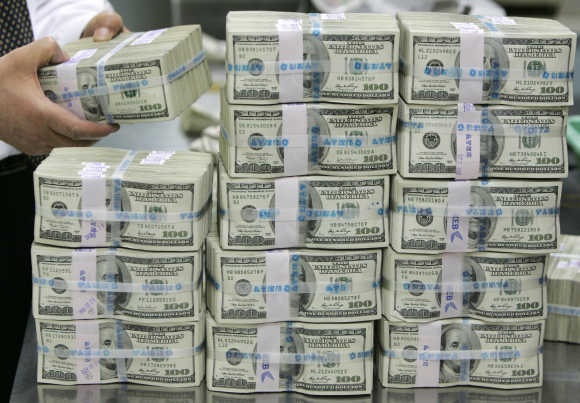

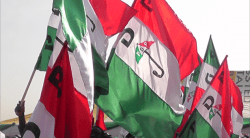










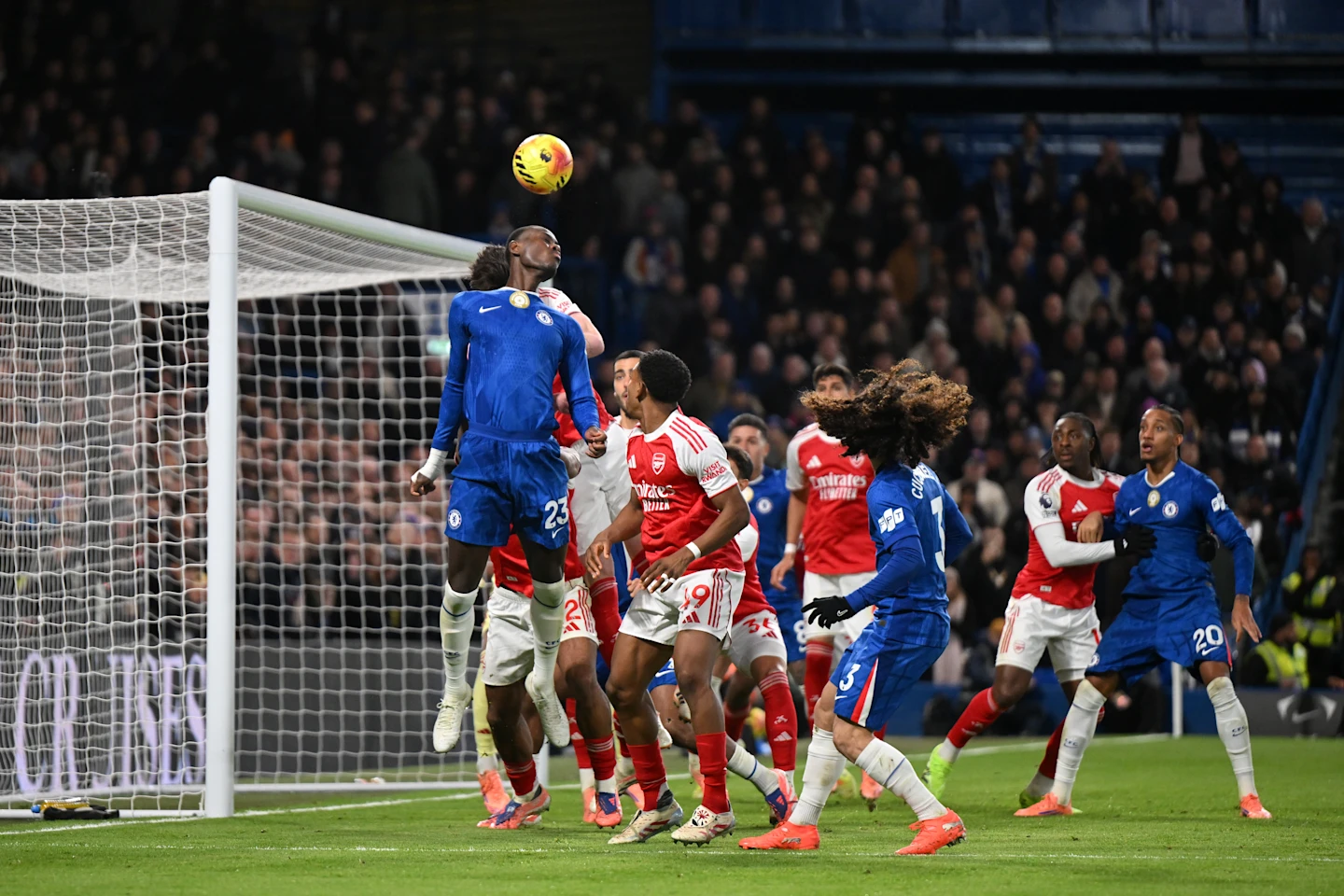
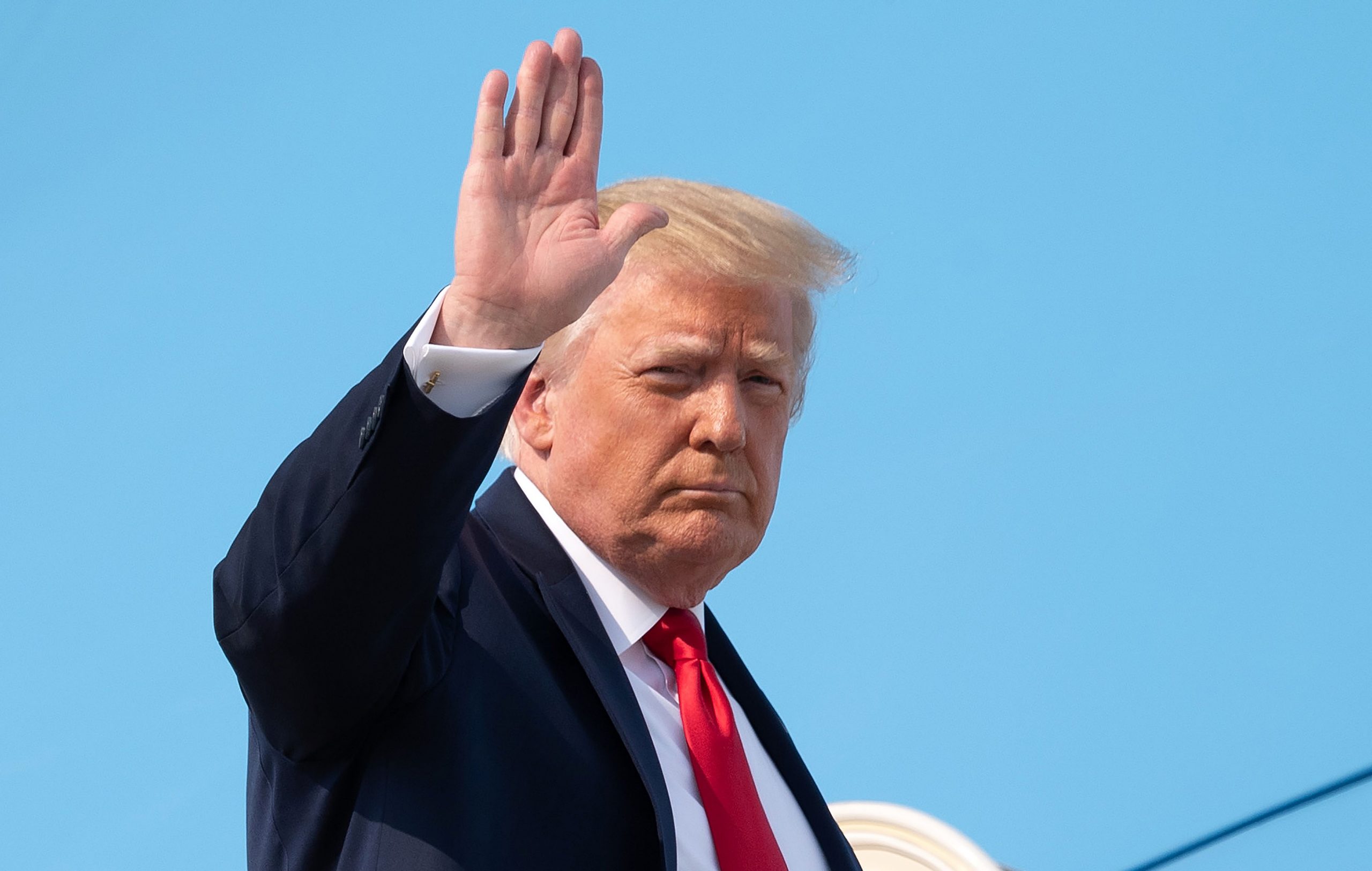

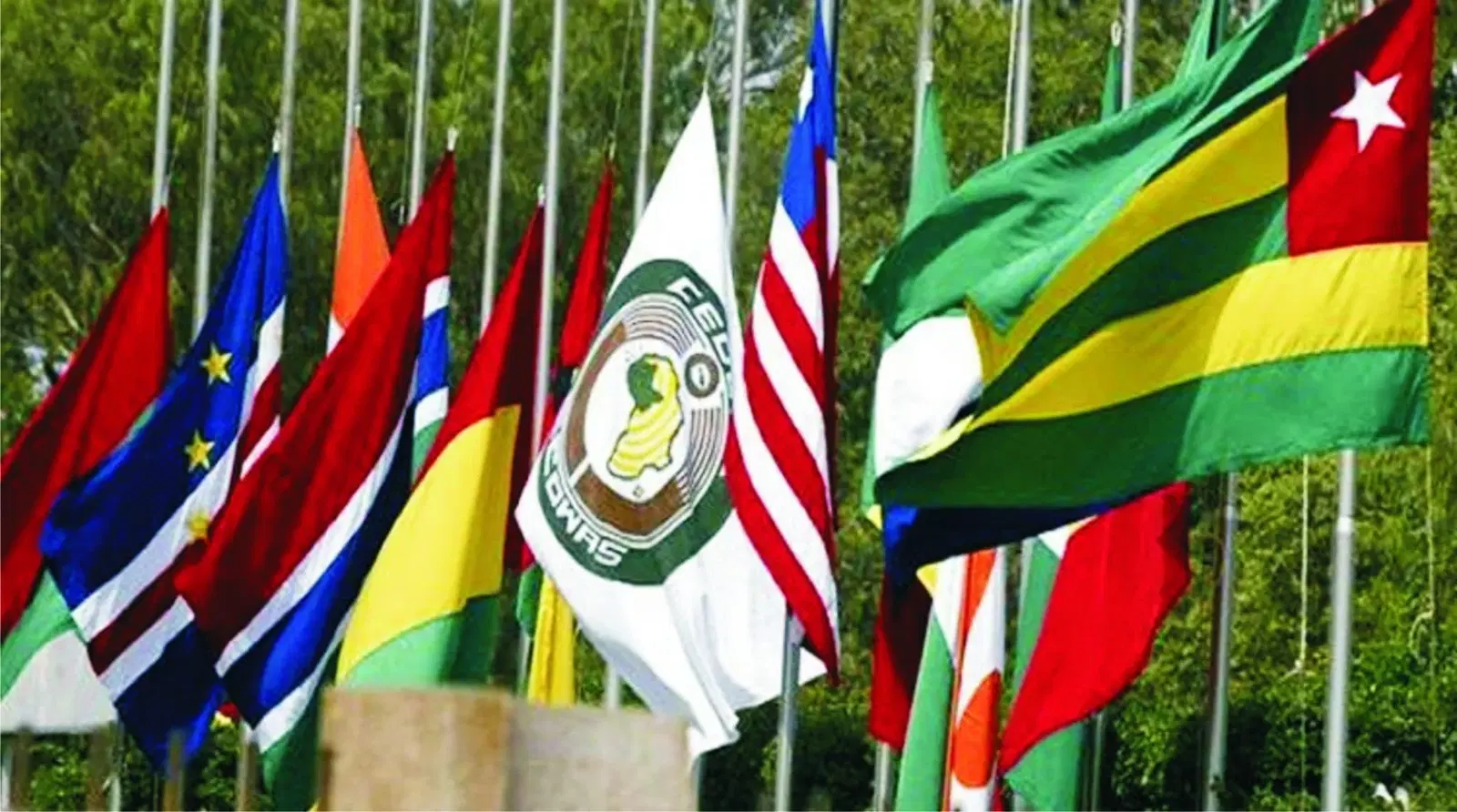



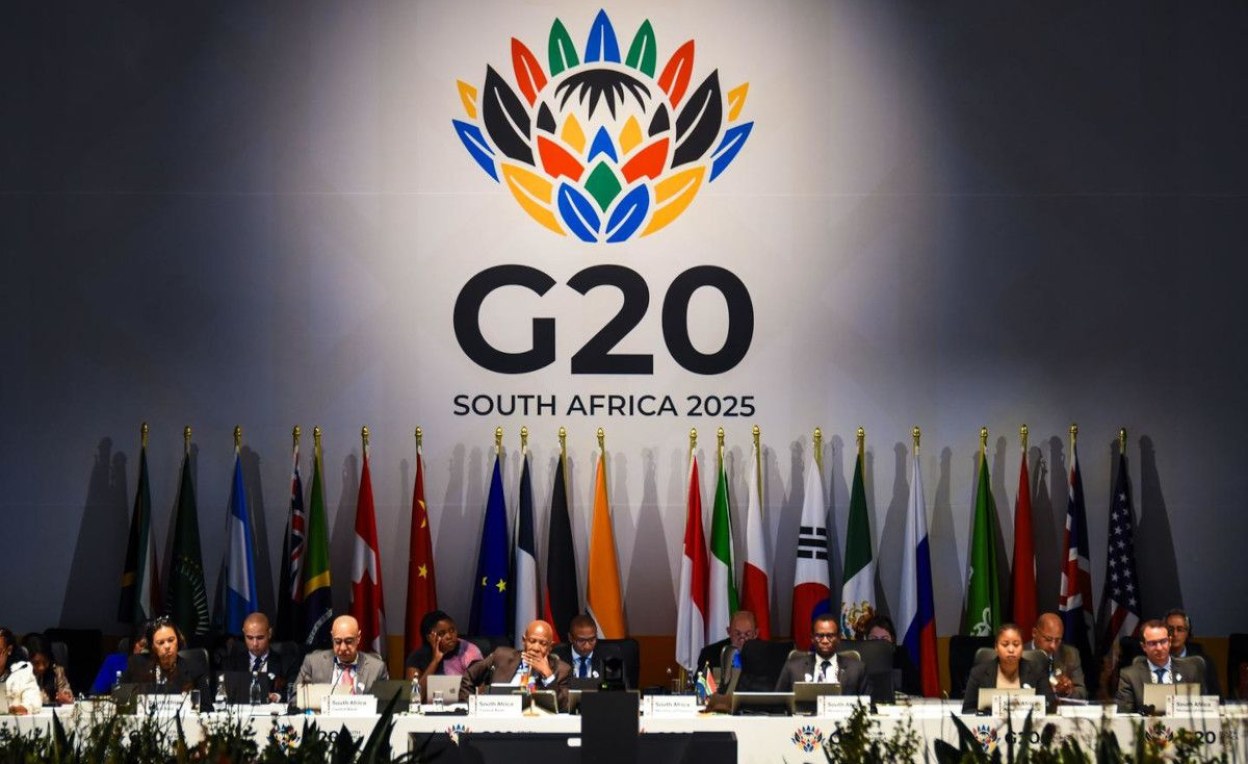



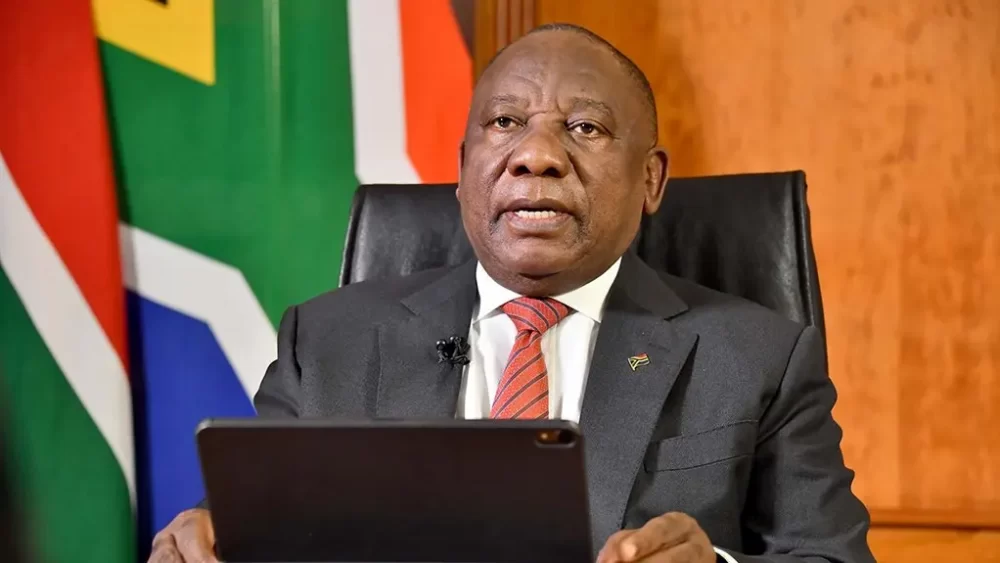

Leave a comment